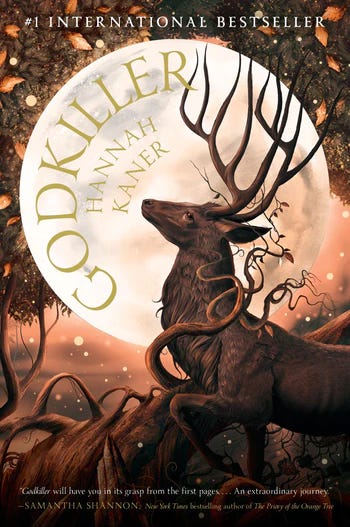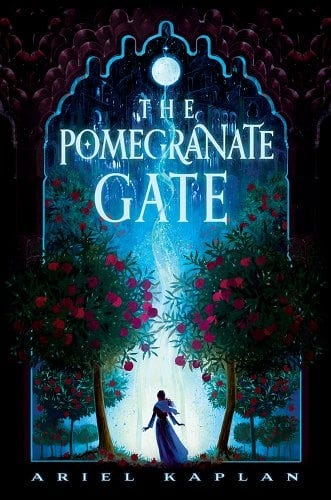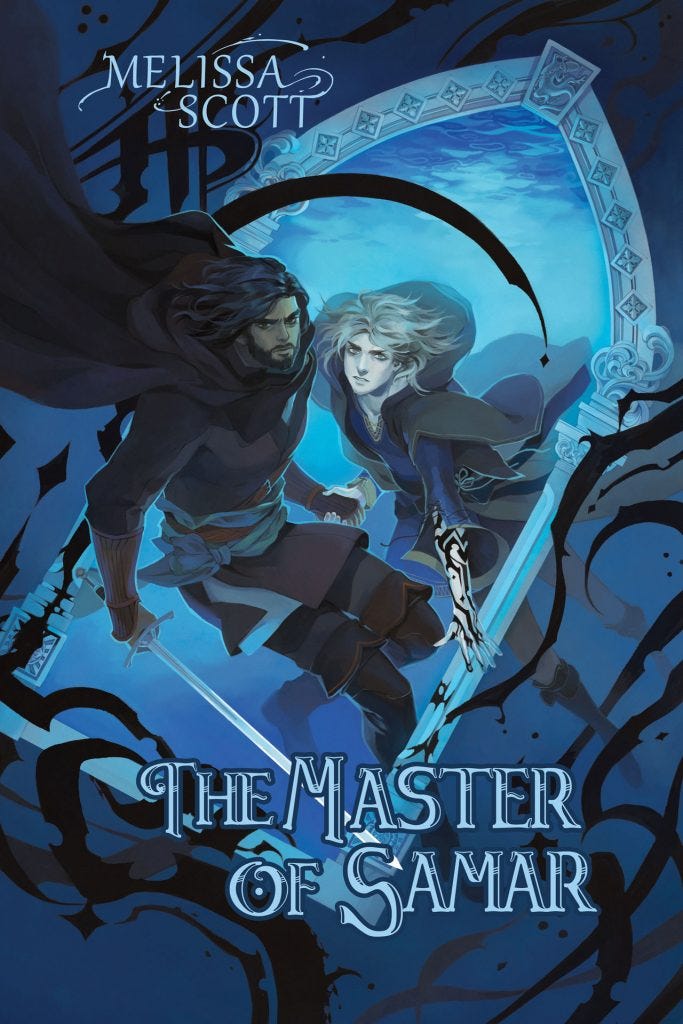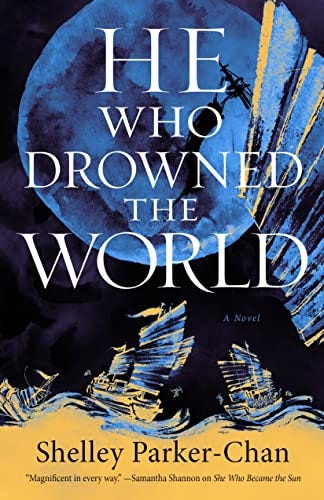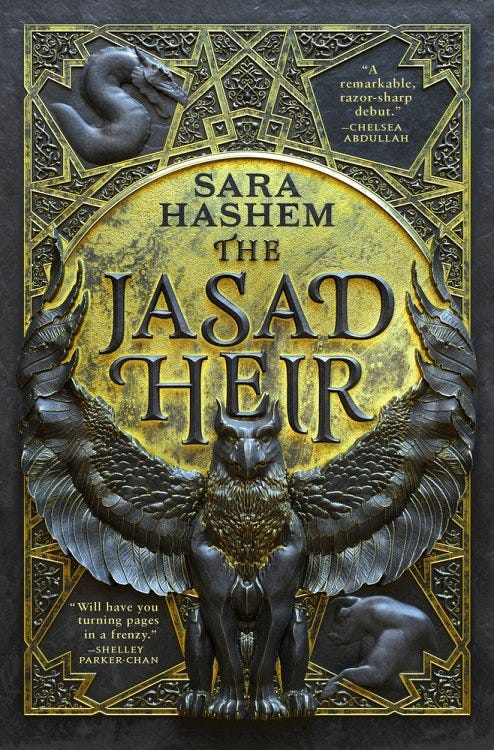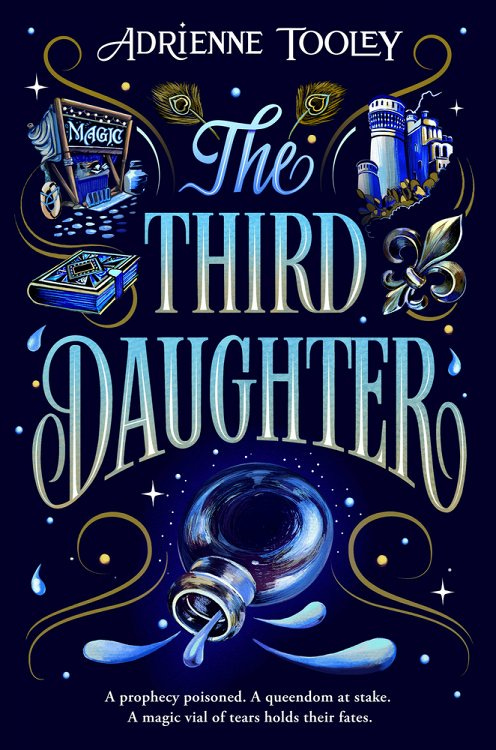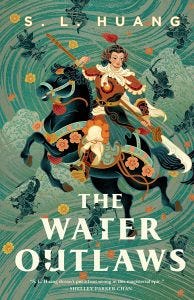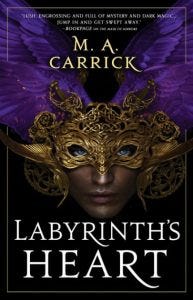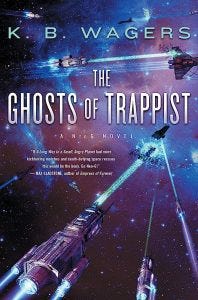In this post:
- An Aesthetic of Coherence? Thinking about Vajra Chandrasekera’s “The Lone and Level Sands.”
- Reviews at Reactor Magazine (the former Tor.com)
An Aesthetic of Coherence?
I haven’t yet read The Saint of Bright Doors, but I’ve been reading some of Vajra Chandrasekera’s essays with great interest. Chandrasekera is a deft writer and a vivid essayist, and frequently directs a penetrating insight at science fiction and fantasy. I particularly recommend as food for thought The Extractivism of Setting and the Traitor’s Text:
“By its very nature, the traitor’s text must be layered. It is complex, because the world it describes is complex. It cannot essentialize. It cannot be condescending or onanist. It can never be cozy. This necessarily makes it a more difficult text to engage with than all the others, which makes sense because the traitor’s text can only exist in response to all the others: it comes after them, logically if not necessarily chronologically.”
But the one that I’ve been thinking over, as a historian of Mediterranean antiquity and someone who’s been writing about science fiction and fantasy for more than a decade now, is The Lone and Level Sands, where Chandrasekera turns his eye on worldbuilding and suspension of disbelief, those commonplaces of SFF, and its failings. It’s an uncomfortable challenge to popular conventions. And the thing is, he’s right — or at least, he’s not wrong.
“Coming back to Christian symbolism of worldbuilding as a work of subcreation, Harrison had something to say about that, too
“The whole idea of worldbuilding is a bad idea about the world as much as it is a bad idea about fiction. It’s a secularised, narcissised version of the fundamentalist Christian view that the world’s a watch & God’s the watchmaker. It reveals the bad old underpinnings of the humanist stance. It centralises the author, who hands down her mechanical toy to a complaisant audience (which rarely thinks to ask itself if language can deliver on any of the representational promises it is assumed to make), as a little god. And it flatters everyone further into the illusions of anthropocentric demiurgy which have already brought the real world to the edge of ecological disaster.”
This, I think, is the real danger of worldbuilding as a practice and a literary norm. This is the science-fictional root of longtermism, the clomping foot of the boy demiurges attempting to build a world of the world. As with the real homophobia behind representation on the page, this requires the suspension of disbelief. The world, to be built, must be made small. The technique requires the stripping away of complexities. It is not ambiguous that Eru Ilúvatar created the world. That is a simple fact, the kind of fact that is not only unavailable in what Tolkien called the primary world, not only ridiculous, dangerous and arrogant if treated as fact, not only contestable but with deep and consequential histories of contestation. It is common to describe worldbuilding projects as encyclopedic, but few worldbuilding projects have the space (or the interest) to investigate the depths of historical-psychological complexity, ambiguity, unknowability, and irreducibility that might be seen in the edit history of a single contested Wikipedia page—to say nothing of the epistemological failures of Wikipedia itself, its biases and overwhelmingly vast absences. Worldbuilding as a totalizing project cannot help but fail. My feeling is that “suspension of disbelief” and “secondary world” were not helpful ways to think about what is actually happening when we read a text, and yet they are tropes so influential and well-established that many of us take them as givens, as expectations of how we should read and what a fantastical text is supposedly doing.”
I want to jump off from here to think a little bit about what worldbuilding means to me. Worldbuilding as it is conventionally understood is, I think, an aesthetic of coherence: of knowability, of the sensibility —on its own terms — of any given fictional representation of the world.
Fictional representations of the world have a potential for complete knowability that the real world does not. The creator-composer of a fictional world chooses what it contains, and is frequently right there to justify (or not) their choices. Given that the current modes of fantasy and science fiction privilege the aesthetics of coherence, it’s worth considering the pull of fictional certainties (and of knowable fictional histories) over the striking uncertainties that anyone engaged in the study of history must grapple with over and over again.
One of the reasons I often find myself dissatisfied with epic fantasy is its approach to history. Every fantasy world, or very nearly, has a history: for most, the history is relevant in some way to the action of the narrative’s “present.” That history is surpassingly rarely a competing patchwork of incomplete and frequently contradictory sources, which survive unevenly, and many of which can be relied upon to contain inaccuracies and biased interpretations, out of which annalists, biographers, and historians across time construct a variety of narratives of What Happened. These narratives are sometimes unprovable. Sometimes they are disproven. Sometimes they are embroidered, and the embroidery taken as truth by later generations (and sometimes we can guess as to the embroidery, afterwards).
In epic fantasy, history is most frequently unitary and, when important to the present, either known or knowable. It is rarely outright wrong, save when some truth has been deliberately hidden, only to be uncovered by the protagonists. It is almost never unrecoverable.
The knowability of the past is often paralleled with the knowability of the future: prophecy is one of fantasy’s enduring tropes.
Yet it is possible to construct an aesthetic of coherence that isn’t totalising, or simplified (in this way, at least): the whole fictive world need not be knowable. Texts that construct coherent worlds that nonetheless participate in the great uncertainties of human life — unanswerable questions about the past, the present, ourselves, the existence of the soul or of anything like a god — present a challenge, albeit a gentle one, to the impetus towards totalising certainty and the lure of pseudo-realistic plausibility.
But in the end, I think, the fantastical fictional world is rather like a conspiracy theory, where for many the appeal lies in the details of the conspiracy, the assurance that there is, in fact, some kind of explanation for everything, a (hidden) world whose logic is complete and self-sustaining within its own sphere and capable of endless elaboration. There’s no harm in it as a form of play.* But maybe we shouldn’t forget that it is play, and only one form of creative play, at that.
*Let’s not derogate activities done primarily or solely for enjoyment, all right? This little essay right here, this is a form of play for me right now.
Reviews at Reactor Magazine (the former Tor.com)
Both published in February:
Lilith Saintcrow’s A Flame in the North:
“It’s always difficult to review a story that has not yet formed a complete narrative arc: You can say much about what it promises and what it does so far, but assessing its successes must usually hinge upon seeing the whole thing. In the case of A Flame in the North, Saintcrow has complicated my task even further in the extent to which her worldbuilding and her protagonist’s journey recollects—elegantly, deliberately, intentionally (as when in music one instrument elaborates a variation on another’s theme), and above all closely—one of the ur-texts of the fantasy genre. The extent of Saintcrow’s echoing of Tolkien’s mythopoesis drives me to caution. Shall it turn out to be earnest imitation, clever commentary, subtle subversion, or some other thing? “
Saara El-Arifi’s Faebound:
“I wanted to enjoy Faebound. And at points, I did: The prose is straightforward—stylistically, Samantha Shannon is a good comparison—the character relationships engaging, the setup interesting and full of potential. But Faebound’s characters seem to me more observers of the narrative than drivers of it, and they make too few connections in what they’re observing (and see too few thematic complexities) for me to feel satisfied with the experience.”
The majority of my writing here is freely available. If you want to see it direct in your inbox, subscribe! If you want to support more of it, feel free to join up as a paying subscriber here or via Patreon. You can also find me on BlueSky as @hawkwing_lb.bsky.social.

